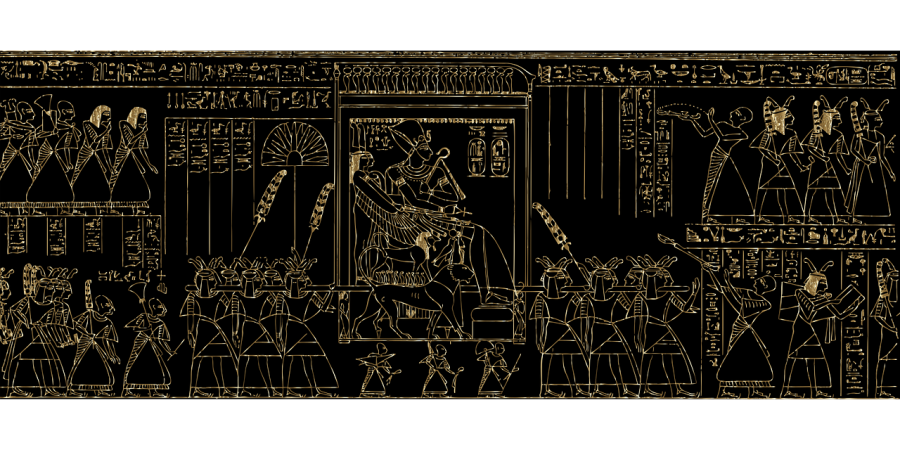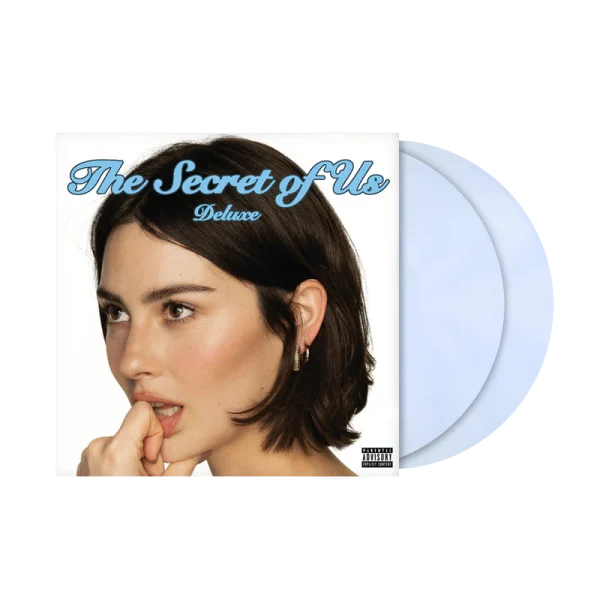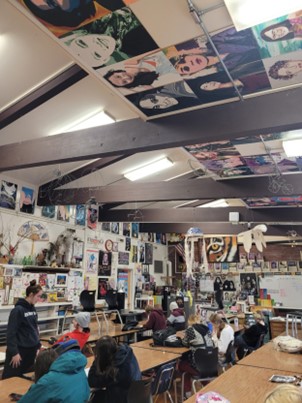You Should Study Art History. Here’s Why.
Do you enjoy beauty? Are you looking to be inspired? Does the journey of the human soul throughout time interest you? Studying art history can meet all of these needs.
Art is a broad term. It emcompasses a diverse range of human activities and can result in visual, auditory, performative, and physical experiences and artifacts. Art can express its creator’s imagination and technical skill. It can be appreciated for its beauty, message, or emotional power. It is believed that looking at art can stimulate the viewer’s own imagination and creativity.
Typically when people take a stroll through a museum or take in an exhibition, they forget that each work is a product of research, process, and execution. As such, each piece can teach us a great deal about the people, culture, place, and time period in which it was created.
For instance, Ancient Egyptian art, which consists of the paintings, sculptures, and architecture in the lower Nile Valley from about 3000 BC to 100 AD, was both highly stylized and symbolic. Much of the surviving art comes from tombs and monuments and thus there is an emphasis on life after death and the preservation of knowledge of the past.
Art has captivated the minds of human beings since time began. In the very beginning, in the era of prehistory, before man could document events in writing, they used art to demonstrate their daily lives. Much of what scientists and historians know about the Prehistoric Era and the “cavemen” is from the drawings they etched into the walls of their homes. Through this art, these primitive beings conveyed emotion and feeling, and displayed an intelligence that was unrivaled in its time. Some could even say that these early humans had a much better appreciation for art than we do now, in our time of metal cities and technology
Art has played an important role in life. Art is universal and since art is everywhere, we experience it on a daily basis. Art consists of more than just a painting in a frame. It is in the houses and buildings we move through, the movies we watch, and the books we read. Art records history, which is why studying art history can unlock many facets of life throughout time.
If you are interested in taking a free art history course, check out Art History 1 from Sophia or these courses offered by coursera which include classes offered by The Museum of Modern Art and Wesleyan College.







